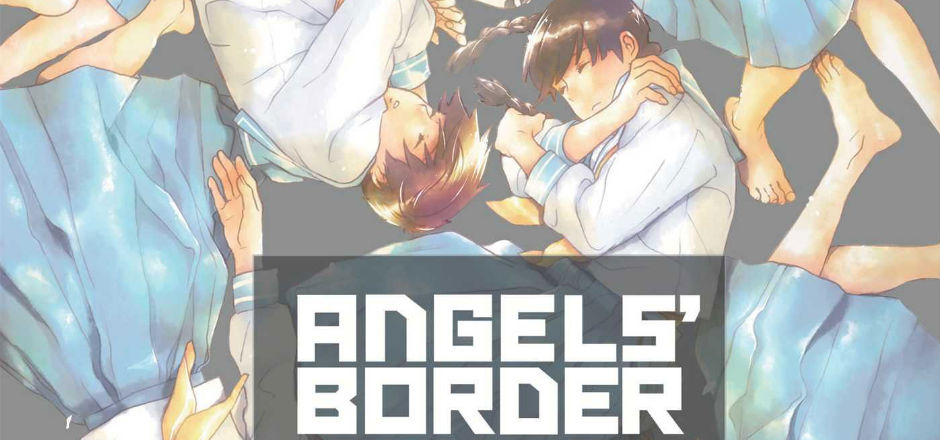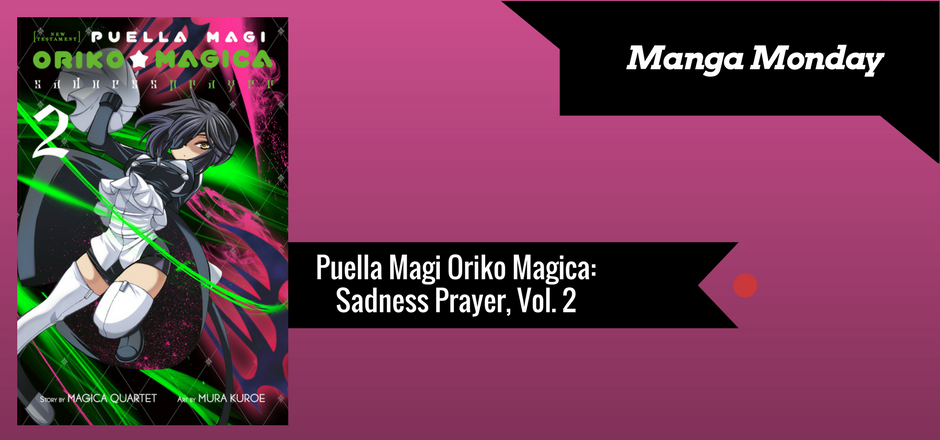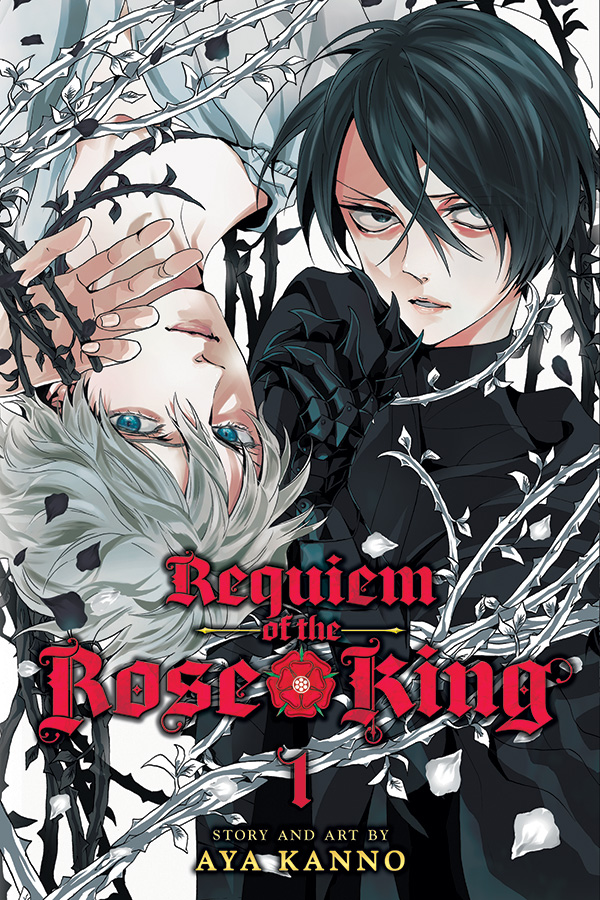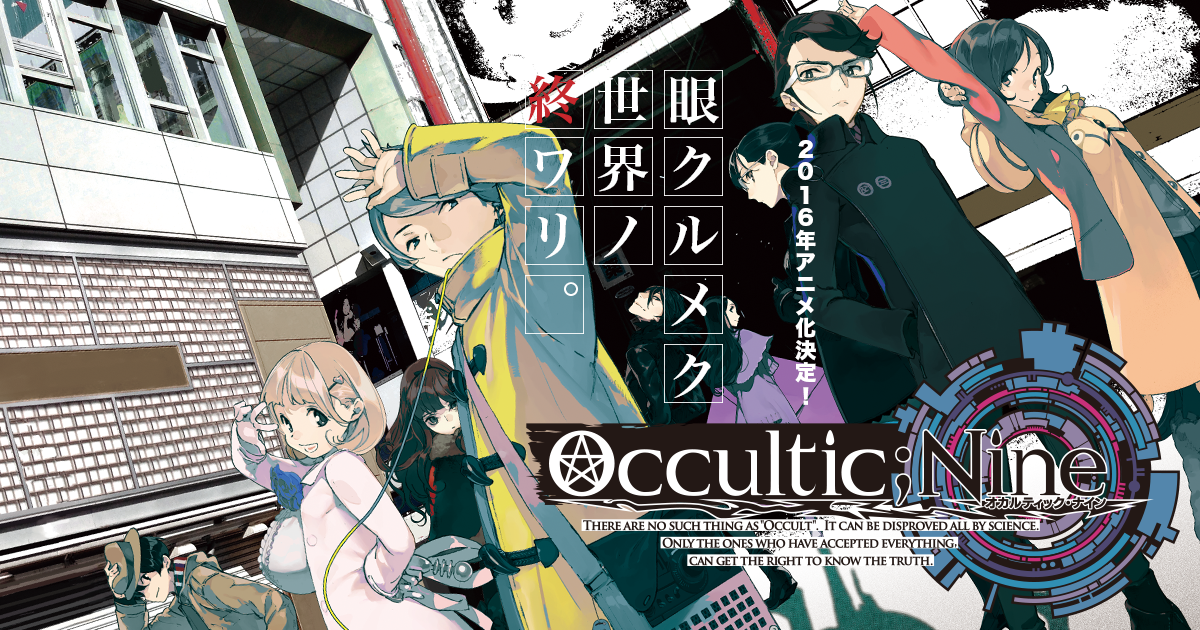The year: 1997. The setting: the Republic of Greater East Asia, a country formerly known as Japan. The event: the 42 students of Shiroiwa Junior High forced to fight to the death in a brutal military experiment called The Program.
Such is the premise of BATTLE ROYALE, a 1999 novel by Takami Koushun that became a cult bestseller despite its controversial premise. In 2000, the novel was developed into a manga series as well as a film, which became a blockbuster hit. Quentin Tarantino called BATTLE ROYALE his favorite film, and both the film and the novel have been released in the US multiple times.
The novel largely follows the journey of Nanahara Shuuya, a boy who attends Shiroiwa Junior High, who finds himself in the middle of The Program. Given a pot lid as a weapon, he does what he can to survive the game and is taken in by a group of students who have taken refuge in the lighthouse stationed at the east end of the island where this particular experiment takes place.
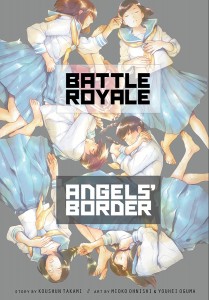
© 2012 KOUSHUN TAKAMI / MIOKO OHNISHI / YOUHEI OGUMA / AKITASHOTEN
The new one-volume manga BATTLE ROYALE: ANGELS’ BORDER fills in a pair of gaps in the reader’s understanding of the six girls who holed up in the lighthouse and took in Nanahara during BATTLE ROYALE. The manga is a blend of context and backstory that adds to the original novel’s worldbuilding. The manga has two arcs, referred to as “episodes”: one that closely follows Tanizawa Haruka and the events unfolding at the lighthouse, and one that closely follows Matsui Chisato as she reminisces about her classmate, Mimura.
I found both episodes enjoyable; while I felt more emotionally invested in Episode 1 and Haruka’s narrative, I felt that Chisato’s story of her interactions with Mimura – who’s revealed to be an anti-government hacker and rebel in the novel – was more relevant to the events of the game, if only to give more context to Mimura and his rebellion as well as putting the entire class of students into a more collective context.
For example, Chisato and Mimura have very different lives: Mimura rebels against the government with the hacking skills he learned from his uncle while Chisato attends cultural classes held by the Nonaggressive Forces Wives’ Association. While their methods are different, both have the same goal – to leave the Republic and see other countries in the world.
For those who’ve only seen the film, ANGELS’ BORDER can be a little confusing: the illustrations of the girls at the lighthouse – and the boys who are shown in flashbacks – look nothing like the actors who portray them in the movie. In some respects, the girls’ individual designs are a little generic and similar enough that they’re hard to tell apart, especially since Episode 1 and Episode 2 have different illustrators. I found myself referring back to the list at the front of the book, where the list of classmates has each character who appears in the manga marked with a symbol.
With individual character designs aside, though, the art is overall simple and pleasing to look at; it doesn’t stand out from other manga in either a positive or negative way, doing only what it needs to do to tell the story adequately. The cover style and design is similar to that of the 2014 release BATTLE ROYALE: REMASTERED from VIZ Media’s Haikasoru imprint – these two titles would look great on a shelf together, if you don’t already own a copy of BATTLE ROYALE.
I highly recommend ANGELS’ BORDER for readers of the original novel, or for new readers who pick up the novel first. I always found the fate of the girls at the lighthouse fascinating, and ANGELS’ BORDER fleshes out their fate and better explains how and why it happened. While I would also say that it’s not a stand-alone manga in the least, I’d recommend it more for a reader of the novel than a viewer of the film.
Feliza Casano has been a fan of BATTLE ROYALE since reading the novel at age 15. She is editor in chief at Girls in Capes and writes for all sections of the site – and she’s the one behind GiC’s Facebook and Twitter. Follow her on Twitter @FelizaCasano.
